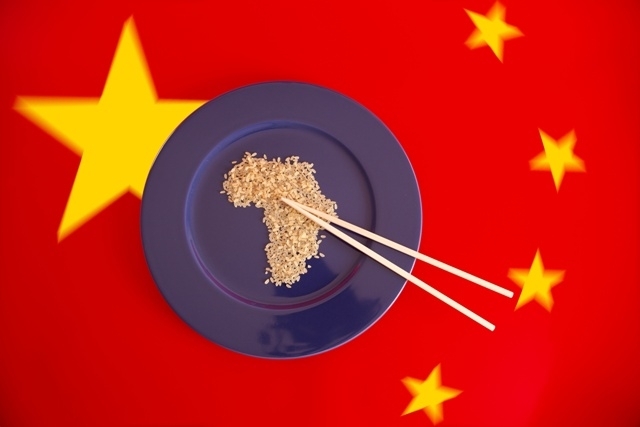
China’s approach to Africa is primarily guided by the quest for natural resources for manufacturing, energy security, and export markets to sustain the burgeoning Chinese economy. Trade, investment and aid are inextricably linked. In recent years China has broadened the scope of its development agenda for Africa from a narrow focus on trade and investment to a broad array of areas such as regional integration and sustainable development.
The EU’s approach to Africa’s development has, in contrast, largely centred on the achievement of the eight Millennium Development Goals (MDGs) by 2015. Emphasis has thus been put on social infrastructure as opposed to China’s focus on economic infrastructure.
There is a deep divide between China and the EU in respect of key principles such as non-interference, and conditionality based on good governance, democratic principles and the rule of law. Therefore, some scholars advocate pragmatic ways of cooperation on Africa rather than attempting to unilaterally socialise China into Western norms and values.










[…] sustainable? And how does it contrast with EU development policy? Well, just read our briefing on China’s role in development in Africa: a challenge to the EU approach (link to follow in the following days). Our short analysis China’s presence in African ports: […]
[…] we published three freshly-produced posts – presenting China’s presence in African ports, China’s role in development in Africa and respective EU approach, a key sources on China’s role in Africa and an interesting briefing on a solar energy […]
China is doing it right